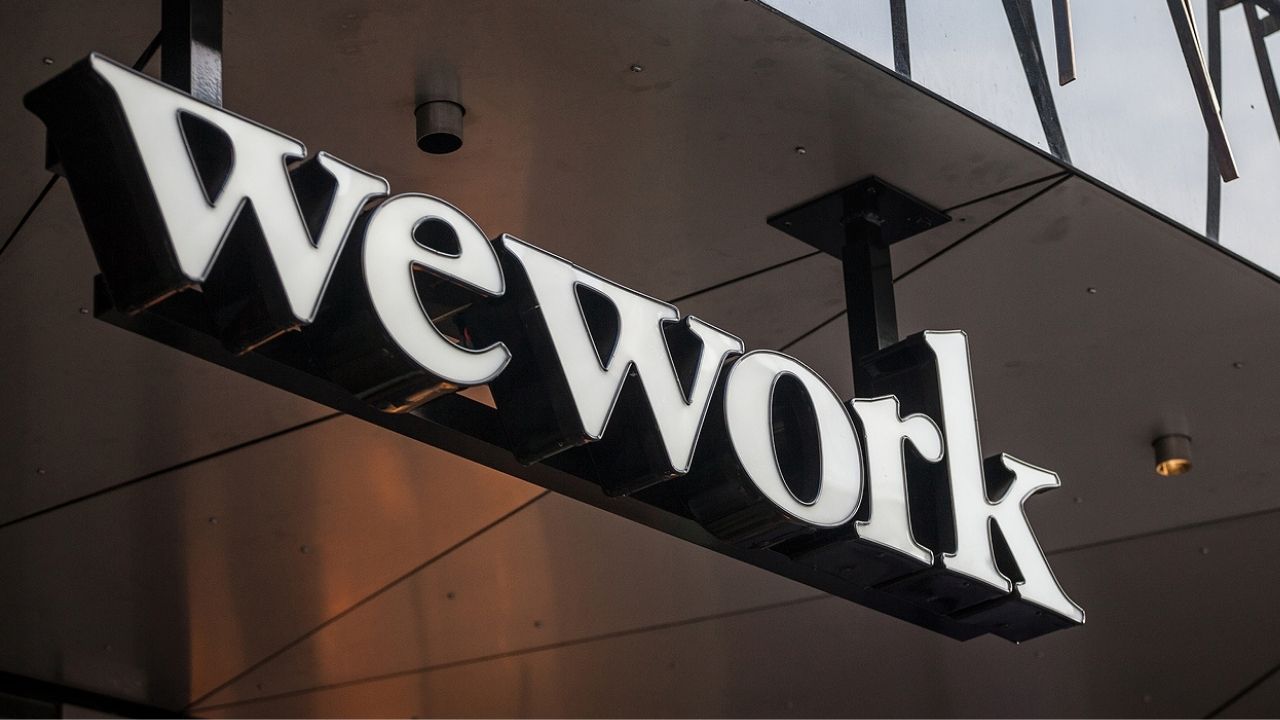WeWork shares have fallen 40% since it went public last October, leaving many experts to question whether an investment into the coworking firm is wise right now.
However, as the future of work continues to evolve, businesses have become more susceptible to flexible offices, similar to what WeWork provides. As a result, there are two potential paths that the coworking operator may take.
The bull case sees more companies adopting a flexible office model and relying on companies like WeWork to address hybrid arrangements. Workers are splitting their time between their homes and the office, making coworking spaces a more enticing alternative.
WeWork already has notable customers, such as Amazon, Goldman Sachs, and Netflix, but its lack of profitability requires its occupancy rate to rise too.
Currently, most WeWork locations have less than a 70% occupancy rate, which is the boundary between being profitable and unprofitable.
If WeWork can grow its occupancy levels, the company may be able to finally achieve its profitability goals that investors have hoped for.
In contrast, the bear case is slightly more skeptical as the impact of the pandemic on the future of work is still uncertain. The popularity of remote work in the last few years means that many professionals may never go back to pre-pandemic norms.
Although WeWork has seen an uptick in revenue, its growing losses have led investors to question if and when the company can finally become profitable.


 Dr. Gleb Tsipursky – The Office Whisperer
Dr. Gleb Tsipursky – The Office Whisperer Nirit Cohen – WorkFutures
Nirit Cohen – WorkFutures Angela Howard – Culture Expert
Angela Howard – Culture Expert Drew Jones – Design & Innovation
Drew Jones – Design & Innovation Jonathan Price – CRE & Flex Expert
Jonathan Price – CRE & Flex Expert













